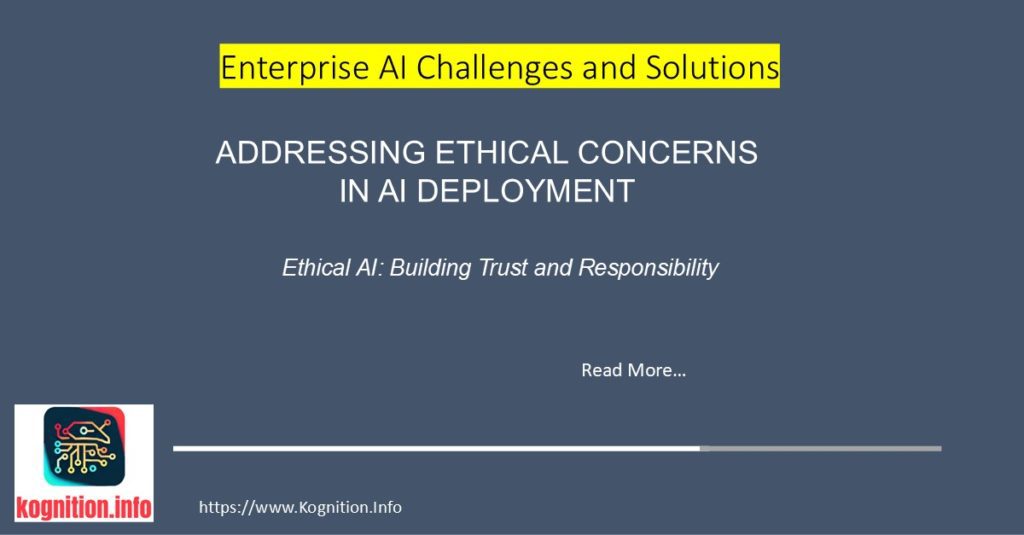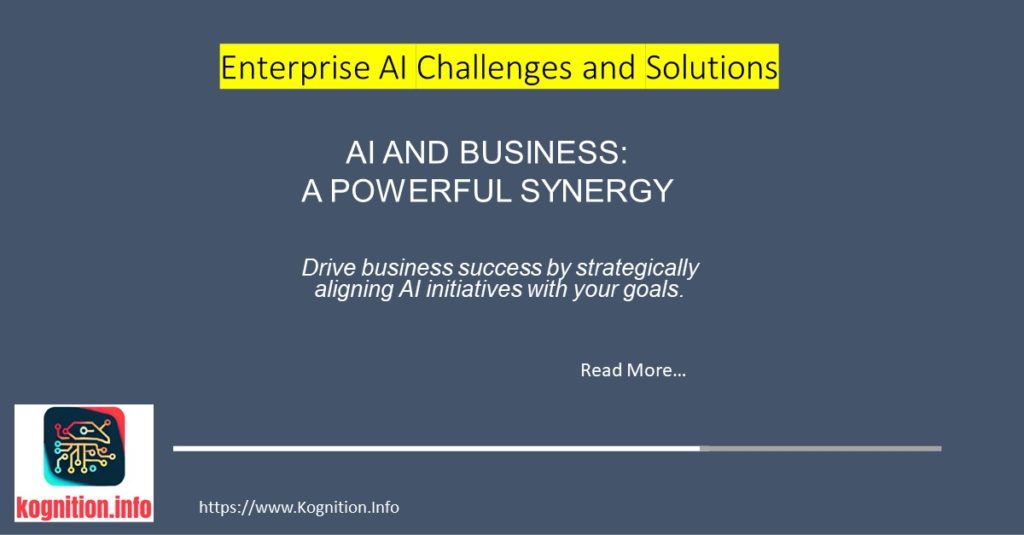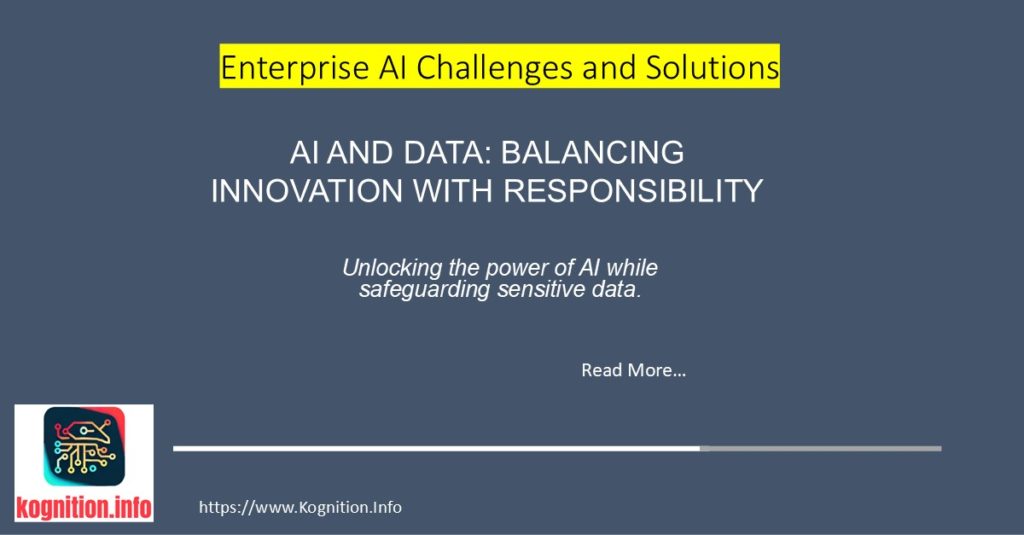The AI Talent Investment Portfolio When AI expertise costs a premium, strategic deployment creates the return. As organizations accelerate their AI initiatives, they face a growing challenge: the unprecedented cost of acquiring and retaining specialized AI talent. With demand far outstripping supply, salaries for AI specialists have reached levels that strain even the most generous…



